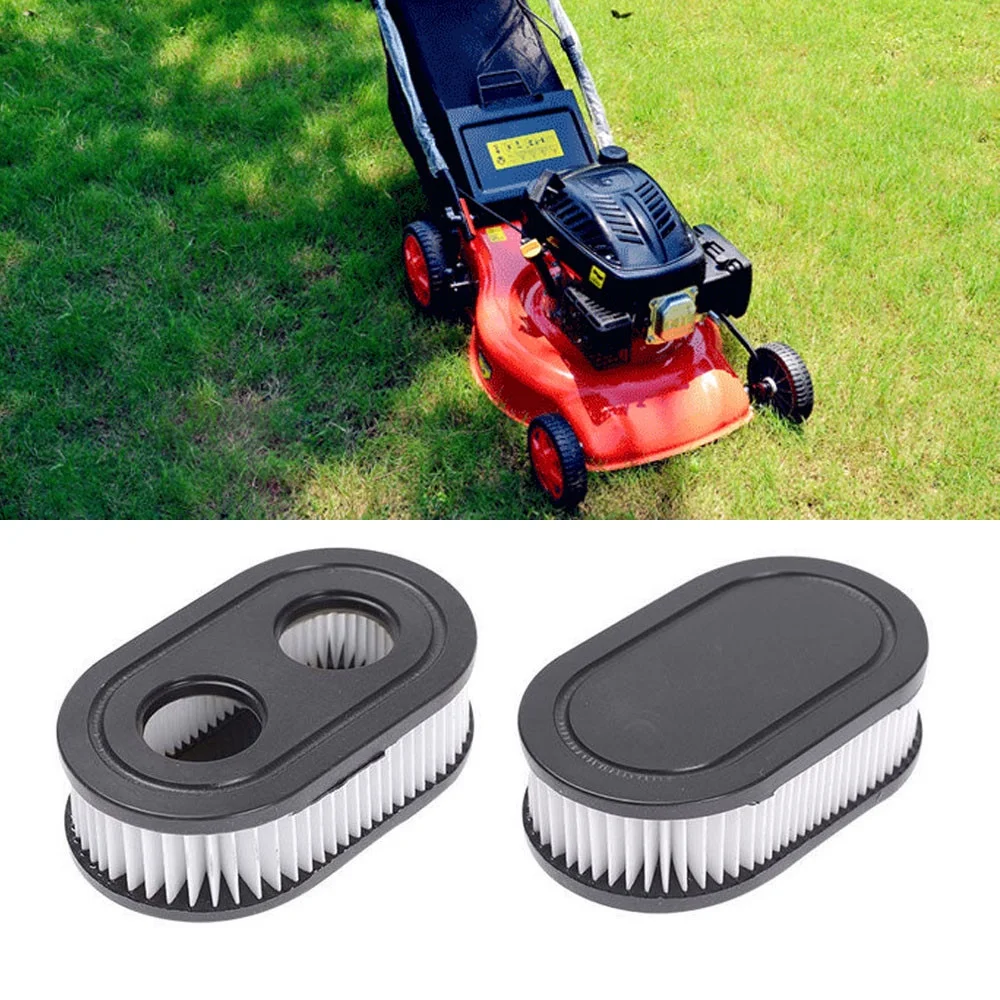The check engine light, often a small, orange icon on your dashboard, is a signal from your car’s on-board diagnostic (OBD) system. It’s designed to alert you to potential issues that might affect your vehicle’s performance or safety. While it can indicate a range of problems, one common question is whether it will light up simply for an oil change.
The Short Answer: No
Generally, a simple oil change should not trigger the check engine light. The OBD system is primarily concerned with monitoring emissions and other critical systems. While an oil change is essential for your car’s health, it doesn’t typically involve components that the OBD system directly tracks.
When the Check Engine Light Might Come On
However, there are a few scenarios where an oil change might indirectly lead to the check engine light illuminating:
- Sensor Reset: Sometimes, disconnecting the battery as part of an oil change can cause certain sensors to reset. This can temporarily trigger a check engine light. However, once the system recalibrates, the light should go off.
- Oil Pressure Sensor Issues: If the oil pressure sensor is faulty or becomes damaged during the oil change process, it might send incorrect readings to the OBD system. This could cause the check engine light to come on.
- Other Underlying Issues: In rare cases, an oil change might uncover an existing problem that was causing the check engine light to remain off. For example, if the oil filter was clogged due to a larger issue, removing it during the oil change might reveal the problem and trigger the light.

Understanding the OBD System
To better understand why the check engine light doesn’t typically come on for an oil change, it’s helpful to know what the OBD system monitors. Here are some of the primary components and systems that the OBD system tracks:
- Engine Control Module (ECM): This is the central computer that controls various engine functions.
- Oxygen Sensors: These sensors measure the oxygen levels in the exhaust to ensure proper combustion.
- Catalytic Converter: This device reduces harmful emissions.
- Evaporative Emission System: This system prevents fuel vapors from escaping into the atmosphere.
- Mass Airflow Sensor: This sensor measures the amount of air entering the engine.
- Throttle Position Sensor: This sensor monitors the position of the throttle.
As you can see, these components are primarily related to engine performance and emissions. While oil is essential for engine lubrication, it doesn’t directly interact with these systems in a way that would trigger the OBD system.
Signs of a Problem
If your check engine light does come on after an oil change, it’s important to take your car to a mechanic for a diagnostic scan. This will help identify the specific issue causing the light to illuminate. Here are some other signs that you might have a problem:
- Engine Noise: Pay attention to any unusual noises coming from your engine, such as knocking, rattling, or grinding.
- Reduced Performance: If your car feels sluggish or has difficulty accelerating, it could be a sign of an underlying issue.
- Fuel Economy: If you notice a significant drop in your fuel efficiency, it might indicate a problem.
- Oil Leaks: Check for any oil leaks under your car. This could be a sign of a faulty gasket or seal.
The impact of neglecting oil changes on the vehicle’s overall condition
Neglecting oil changes can have severe consequences for your vehicle’s overall condition. Here are some of the potential impacts:
Increased Engine Wear and Tear:
- Friction and Heat: Without proper lubrication, friction between engine components increases, leading to excessive heat and wear.
- Premature Failure: This accelerated wear can cause parts like bearings, pistons, and cylinder walls to wear out prematurely.
Reduced Engine Performance:
- Power Loss: A lack of proper lubrication can reduce the engine’s ability to produce power, leading to sluggish acceleration and decreased performance.
- Fuel Efficiency: Reduced engine efficiency can also result in lower fuel economy.
Engine Seizure:
- Lack of Lubrication: In extreme cases of oil neglect, the engine can seize up due to a complete lack of lubrication. This can cause catastrophic damage to the engine, requiring expensive repairs or even a complete rebuild.
Increased Emissions:
- Incomplete Combustion: A poorly lubricated engine can lead to incomplete combustion, resulting in increased emissions of harmful pollutants.
Reduced Resale Value:
- Maintenance History: A vehicle with a neglected maintenance history, including missed oil changes, will generally have a lower resale value.
Increased Repair Costs:
- Preventive Maintenance: Regular oil changes are considered preventive maintenance. Neglecting them can lead to more expensive repairs down the line.
Regular oil changes are a crucial aspect of vehicle maintenance. Neglecting them can have a significant negative impact on your vehicle’s performance, reliability, and resale value. By following your car’s recommended oil change schedule, you can help to protect your engine and ensure that your vehicle operates at its best.

Preventing Check Engine Light Issues
To minimize the risk of check engine light problems, it’s important to follow your car’s recommended maintenance schedule. This includes regular oil changes, tire rotations, and inspections. Additionally, avoid driving in harsh conditions or overloading your car.
Emphasizing the role of fresh, clean oil in lubricating
The engine is the heart of your car, and like any heart, it needs proper nourishment to function optimally. That nourishment comes in the form of engine oil. Fresh, clean oil is more than just a lubricant; it’s a protective shield that prevents wear and tear on critical engine components.
The Lubricating Process
Engine oil acts as a lubricant, reducing friction between moving parts. This friction can cause excessive heat and wear, leading to premature engine failure. By creating a protective film between components, oil prevents metal-to-metal contact, ensuring smooth operation.
Protecting Against Wear and Tear
Beyond lubrication, engine oil also plays a crucial role in protecting engine components from wear and tear. It helps to carry away heat, preventing overheating and damage. Additionally, oil can help to remove contaminants and debris from the engine, keeping it clean and running efficiently.
The Importance of Regular Oil Changes
To ensure your engine continues to receive the protection it needs, it’s essential to adhere to your car’s recommended oil change schedule. Over time, engine oil can become contaminated with dirt, debris, and byproducts of the combustion process. These contaminants can reduce the oil’s effectiveness and accelerate engine wear.
Signs of Oil Deterioration
Here are some signs that your engine oil might be deteriorating:
- Darkened Oil: Healthy oil should have a golden or amber color. If your oil appears dark or black, it may be contaminated.
- Burning Smell: If you notice a burning smell coming from your engine, it could be a sign of oil burning.
- Reduced Engine Performance: If your car feels sluggish or has difficulty accelerating, it might be due to insufficient lubrication.
Choosing the Right Oil
When selecting engine oil, it’s important to choose a product that meets your car’s specific requirements. Consult your owner’s manual for recommended viscosity and specifications. Additionally, consider using synthetic oils, which offer superior performance and longer life compared to conventional oils.
Fresh, clean oil is essential for maintaining the health and longevity of your car’s engine. By regularly changing your oil and choosing the right product, you can help to protect your engine components from wear and tear, ensuring optimal performance and reliability.

While the check engine light can be a cause for concern, it’s generally not a direct result of an oil change. If your light comes on after an oil change, it’s likely due to an underlying issue that was not related to the oil change itself. By staying on top of your car’s maintenance and addressing any issues promptly, you can help prevent check engine light problems and ensure that your vehicle runs smoothly.





